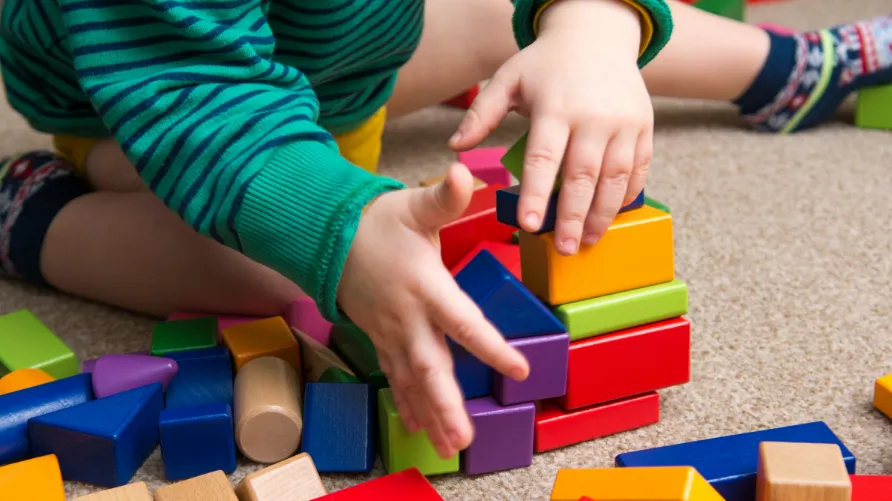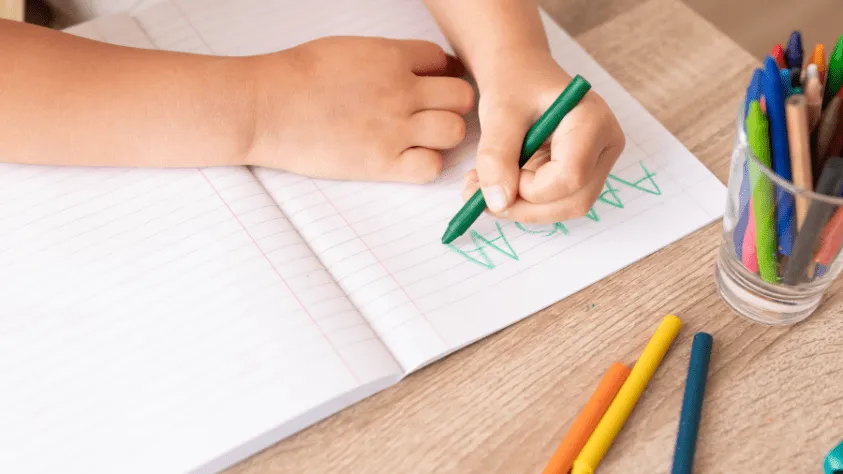
Dyslexia, dysorthographia, dysgraphia: learning to tell them apart

Learning is a fascinating adventure that begins in the earliest moments of life, but it’s not an easy path for everyone. Some little explorers may encounter specific obstacles.
Here, we take a closer look at three specific learning disorders related to written language: dyslexia, dysgraphia and dysorthographia. How can we recognize them, differentiate between them and stop confusing them?
Together, let’s lift the veil on these disorders with the help of a comparative chart designed to offer parents and educators a compass in this adventure. 🧭
| Dyslexia: reading disorder | Dysorthography: written expression disorder | Dysgraphia: graphics disorder | |
|---|---|---|---|
| 📖 Definition | Neurodevelopmental disorder related to the acquisition of written language decoding. | Neurodevelopmental disorder related to the acquisition of orthographic coding of words (rules of usage and agreement). | Neurodevelopmental disorder related to the reproduction of graphic forms in writing. |
| 🧠 What’s going on in the brain | Connecting visual letter recognition and language. | Difficulties in visualizing words and establishing correspondences between sounds and letters, or groups of letters. | Lack of automatic gesture for writing, with possible motor coordination difficulties. |
| 👀 What we observe in the child | Confusions between letters and sounds. Difficulty recognizing letters, syllables, words. Reading takes more time and energy from the brain. | Frequent spelling errors: often, the child writes as he or she hears, without respecting the form of the word (“cado” for “gift”, or “mesie” for “sir”. Confusions of gender and number, incorrect division of words in the sentence. | Slow, tedious writing. Distorted letters. Crooked handwriting. Difficulty positioning on a sheet of paper, respecting margins and notebook lines. |
| 🔗 Possible consequences | Major reading and writing difficulties. Reading difficulties may go hand in hand with a vocabulary that struggles to expand and difficulties processing complex sentences. | Many spelling and agreement errors. Sentences can lack coherence and structure. | Writing is slow, making it difficult to keep up in class. The handwriting is not very legible. One may fail to proofread oneself, resulting in an extra attentional load when learning a lesson that has been copied. |
| 📌 Remarks | 💡 Several types of dyslexia exist, each with its own specificities, and are sometimes concomitant. | 📖 Often linked to dyslexia. Learning to spell requires extra attention. | 🤔 Often linked to other learning disabilities, such as dyslexia and dysorthographia. |
| ✨ Examples |
– Confusion between letters that have close sounds, such as “f” and “v”, “s” and “z”, “t” and “d”. For example, we read “videlité” for “fidelity” or “bouche” for “bouge”. – Omission or poor organization of letters in the word. For example, “animal” is read “anmal” or “aminal”. |
– Writing “fin” instead of “faim”.
– Confusion between “a” and “à”. – Omission of letters in words like “table” written “tble”. |
– Ill-formed or unfinished letters. – Poor organization on the page, writing that “goes down” or “goes up.” – Too much or too little pressure on the paper. – Pain in the hand or arm. – “Twisted” writing posture (slouched or paper turned 90°, for example). |
The Babaoo recap
What are the differences between dyslexia, dysorthographia and dysgraphia?
Dyslexia, dysgraphia and dysorthographia are three distinct disorders of written language.
- Dyslexia is primarily a disorder that impacts the area of reading; the child experiences difficulty recognizing and deciphering words.
- Dysorthography is a disorder that impacts writing, and more specifically the spelling of words. Children with dysorthographia have difficulty writing words correctly and applying rules of usage and agreement.
- Dysgraphia is also a disorder that impacts the graphic gesture for writing letters and words. A dysgraphic child will have a handwriting that is difficult to read and disordered.
Often related disorders
Although presenting distinct characteristics, these disorders are often linked to each other. We note, for example, that people diagnosed as dyslexic often develop dysorthographia, even though you can be dysorthographic without having a reading disorder. 😵💫
Difficulty in spelling words can make writing hesitant. The child may write very small, “fly-legged” to hide mistakes, making his or her handwriting illegible, even though, here too, one can be diagnosed as dysgraphic without having a disorder in mastering spelling.
Understanding learning disabilities for better support
Understanding the challenges our children face is the first step to helping them overcome them and achieve their full potential. Every child has immense potential: with the right support, they can shine brightly!
Let’s continue to accompany them, encourage them and celebrate every victory, no matter how small. Because in the journey of learning, every step counts. 👣 🧠

You may also be interested in these articles


